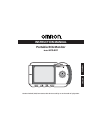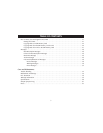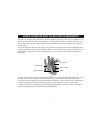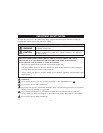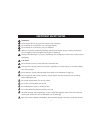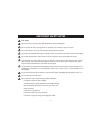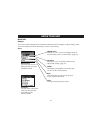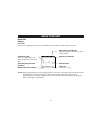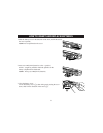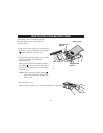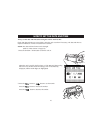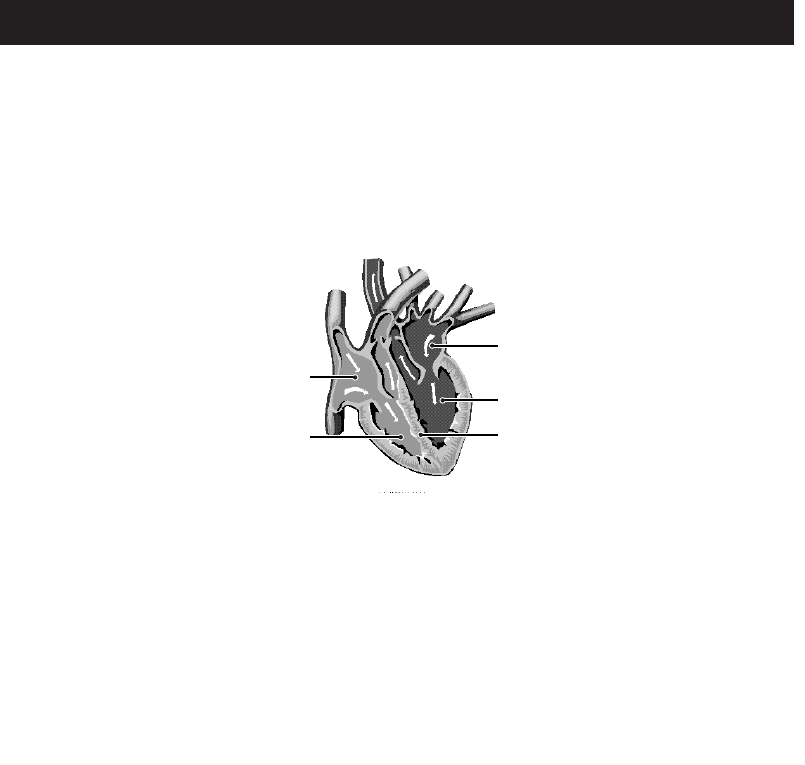
The heart is a muscular pump controlled by electrical impulses generated by the body. It is divided into two
sides by the septa and each side has two chambers – an atrium and a ventricle – linked by a one-way valve.
The left atrium and ventricle control oxygenated blood, and the right atrium and ventricle de-oxygenated
(“used”) blood.
The electrical impulse that causes the heart to beat spreads across the atria, causing the left and right atria to
contract and pump blood into the left and right ventricles respectively. The two ventricles then contract and
pump blood out of the heart. The heart muscle then relaxes, or re-polarizes, allowing blood to fill up the
heart again.
An ECG monitor is able to measure the electrical impulse as it passes across and through the heart, causing
the heart to beat. An ECG does not measure the movement of your heartbeat, but rather the electrical
activity that causes the heart to beat. The measurements recorded by an ECG monitor, when combined with
a medical examination, can help your doctor monitor your heart condition. The ECG measurements
recorded by the unit are NOT designed or intended for medical diagnosis. Conditions such as arrhythmia
can only be diagnosed by a doctor through a special examination.
GENERAL INFORMATION ABOUT THE HEART AND ECG MEASUREMENTS
5
Left atrium
Left ventricle
Septa
Right atrium
Right ventricle



